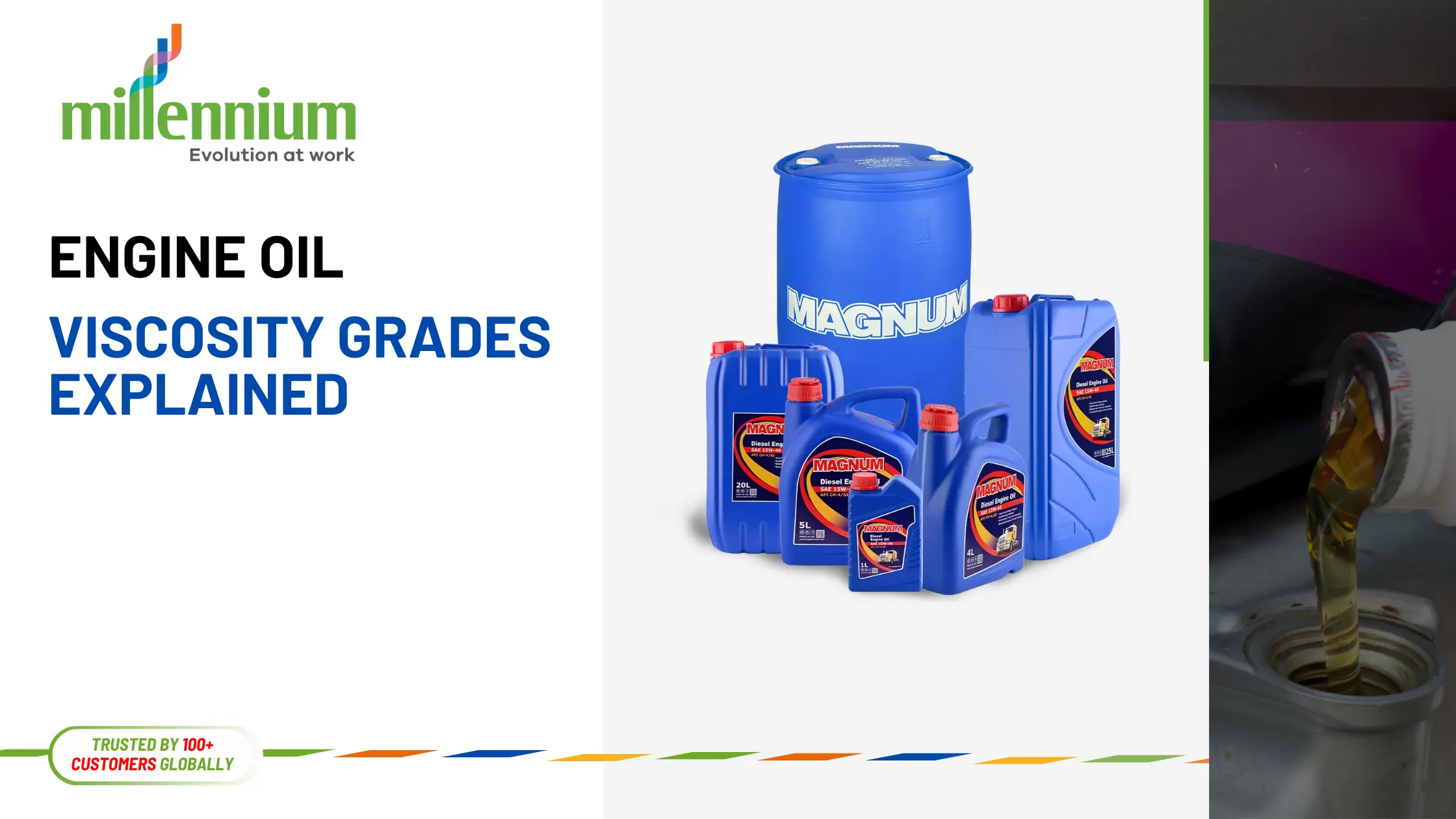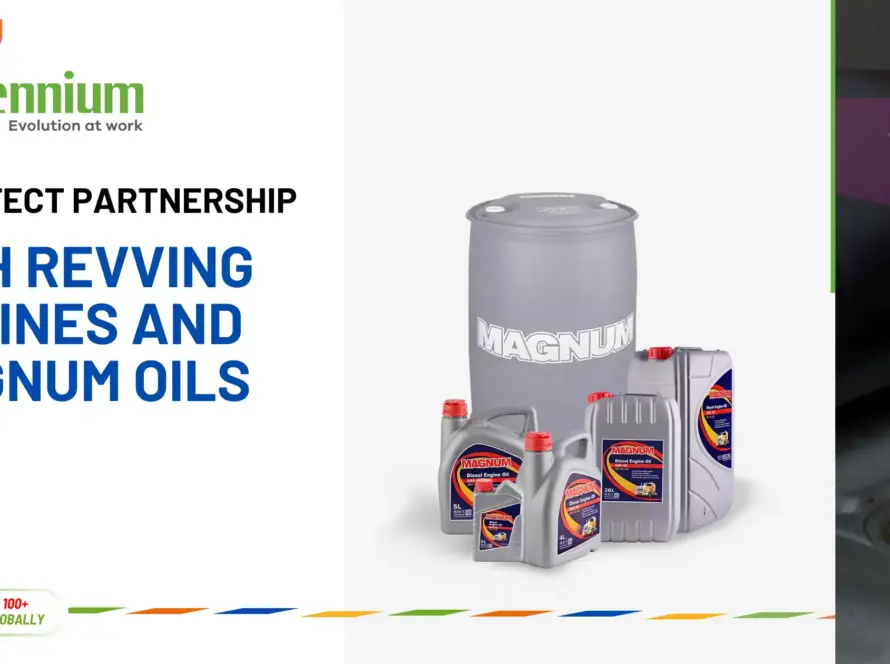When it comes to engine oil, an individual needs to understand viscosity grades better for their car to be in good condition. Viscosity defines the efficiency of the oil in circulation and its ability to flow at different temperatures and has the most effect on the engine’s performance.
You will learn all about viscosity grades here as you will know how it works or flows and how to select the right one for your car engine.
What is Engine Oil Viscosity?
The viscosity of the engine oil that is widely used can be described as a measure of how resistant an oil is to flow. Imagine it in the same way as how viscous or non-viscous the oil being used is.
In some cases, the oil viscosity is so high that it would be very difficult to circulate and protect your internal engine parts, more so during cold conditions. On the other hand, this can be very thin and as such offer very little protection to your engine under heat and pressure.
It also determines the rate at which formed oils can reduce friction, prevent wear and shield the engine from harsh conditions. Engine manufacturers employ certain viscosity classes in relation to the kind of oil required for certain engine designs and service conditions.
Viscosity Grades and What They Mean
The Society of Automotive Engineers adopted a numbering system to ease the choice of oils to buy or use since it consists of standard names.. The numeration before the W character indicates how the oil will flow at low temperatures, so 5W-30 or 10W-40, typically means the oil at low temperatures will be like 5W winter-grade oil but has a thickness of 30.
- The letter ‘W’ stands for winter, and the number before W, denotes the oil’s ability to flow in cold climates. The lower the number, the better the flow in the winter; that is why ‘W’ stands for winter.
- The second figure (next to the ‘W’) stands for the high viscosity of the examined lubricant. The above numbers signify that increased numbers result in a higher and more robust film of oil suited for hot environments.
For example, while 5W-30 is less viscous than 10W-30, it is a better engine oil for countries with cold weather because it works better with the former in cold temperatures. Though they differ slightly in heat dissipation, their heat rating is almost the same.
The Role of Temperature in Oil Viscosity
The temperature has a very big impact on the behavior of engine oil.
- Cold Starts: You want to warm your engine on a cold morning by turning it on, but you must ensure that the oil circulates freely to reduce wear on moving parts. If the oil is too thick, the circulation is slow; as a result, there is additional wear of components.
- High Temperatures: In summer or whenever the engine is running for a long time, oil has to stay thick so that it can shield the engine from getting heated up. Thin oils can degrade over time, and as a result, there is reduced capacity to shield the engine.
Common Viscosity Grades
Oils are characterized by their ability or grade, normally shown as either 5W-30 or 10W-40. These numbers are useful to analyze the ability of the oil to meet the demand at low temperatures as well as high temperatures.
What Do the Numbers Mean?
Let’s break down an example: 5W-30.
- ‘5W’: The ‘5’ reveals how this oil performs under cut temperature. Reduced numbers indicate improved flow especially under winter conditions.
- ‘30’: The second number is the oil’s viscosity rating and is meant to signify its properties at high operating temperatures. The second digit in the W group signifies the viscosity of the oil that is preferred for heat protection, whereas a high numeral conveys richer protection.
Now compare 5W-30 vs. 10W-30 oil:
- 5W-30: As such Accu-simulation is more suitable for colder climates because of its better low-temperature performance.
- 10W-30: HVLP offers a slightly thicker viscosity, especially when in cold climates making it an ideal environment for moderate climates.
Interestingly, both the oils behave well at higher temperatures, as mentioned under ‘30.’
Multi-Grade vs. Single-Grade Oil
Contemporary vehicles necessarily employ multi-grade oils: for example, 5W-30 or 10W-40. These oils have incorporated viscosity index improvers that control their thickness at various temperatures. This makes them suitable for use all year round since they will shelter a person against both the cold winter and hot summer.
Single-grade oils are those that do not have any additives; for example, SAE 30 has a fixed viscosity at a given temperature. They are generally applied to vehicles that are not new or particular equipment and cannot be as flexible as multi-grade ones are.
How to Choose the Right Oil Viscosity
Engine oils play an important role, and selecting the right viscosity for an engine ensures that the vehicle marks the correct trial and tanks for years. Here are some tips:
- Follow Manufacturer Recommendations: Consulting the owner’s manual of any particular make of car will help determine the appropriate viscosity grade for it.
- Consider Climate: Note that if you live in a very hot state or a very cold state, then, for concern of appropriateness, the choice should fit the volatile climate. For instance, the colder climates require a weight of 5W-30, while the hot regions should use 10W-40.
- Driving Habits: Short trips are more likely to cause sludge formation and, therefore, require oils with better cold-flow characteristics than steady-state driving.
- Age of the Vehicle: Again, newer models require thinner oils, while older engines might require a little thicker to deal with the wear.
Viscosity Index and Its Importance
A viscosity index is a number that represents an approximate measure of the degree of change in the viscosity of oil with temperature. High VI oils have greater resistance to variability in performance offered by the same oil, throughout fluctuations in temperature.
For instance:
- Synthetic oil is usually characterized by a high VI that enables it to flow at freezing point while corresponding oil will not thin down at high temperatures.
- Low VI oils can become as thick as butter in cold temperatures or as thin as water during hot times, which could destroy your engine.



